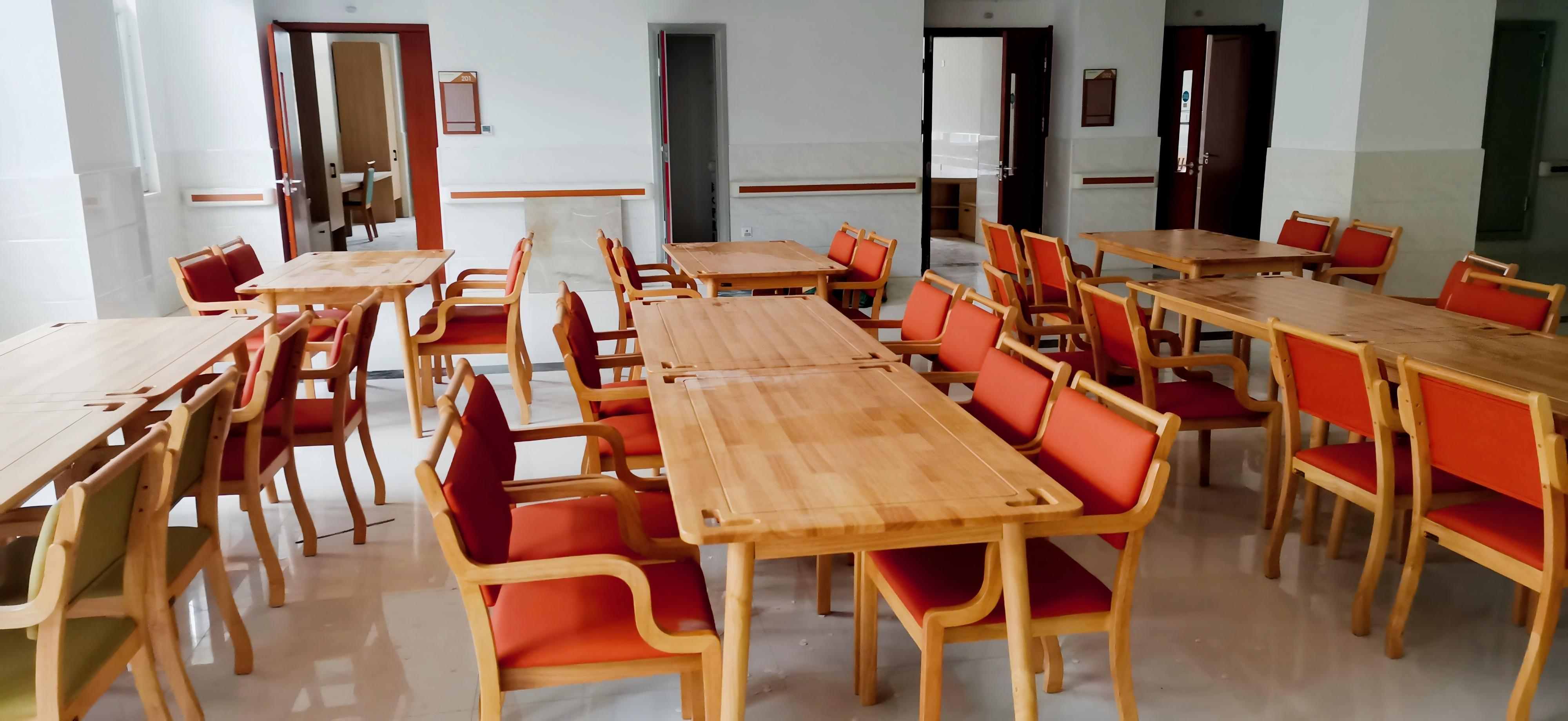LVA Surgery: A New Hope for Alzheimer’s Disease Patients in China
Alzheimer’s disease (AD), often called the “silent killer of memory,” is a devastating neurodegenerative disorder that gradually erodes cognition, personality, and independence. For decades, it has remained one of the most intractable challenges in global medicine. AD brings immense suffering not only to patients but also to their families, who must endure both emotional pain and financial strain.
Recently in China, an innovative surgical approach known as Lymphaticovenular Anastomosis (LVA) has emerged, offering fresh hope for patients with mid-to-late-stage Alzheimer’s disease.
Struggles of Alzheimer’s Families: From Despair to a Ray of Hope
Seven years ago, Ms. Mo’s mother-in-law was diagnosed with Alzheimer’s disease. What began as mild forgetfulness soon escalated into full dependency: loss of recognition, inability to communicate, and complete loss of self-care. Conventional medications, including symptomatic drugs and GV-971, showed little effect. Worse, her condition had advanced too far to qualify for newly approved early-stage treatments.
In July 2023, she underwent an LVA surgery at Zhejiang Provincial People’s Hospital. Just three months later, her family noticed remarkable changes—she regained some mobility, was able to go for walks, and even attempted hiking.
Similar recoveries have been reported across China. In Xi’an, a 78-year-old woman suffering from severe cognitive decline, agitation, and disrupted sleep improved dramatically within one week of surgery—she recognized her family again, stabilized emotionally, and returned to a normal daily routine. Another patient, once violently aggressive, became calm and polite within days of the operation, regaining dignity and independence.
For families facing the relentless decline of Alzheimer’s, LVA surgery felt like grasping the last straw of survival.
What Is LVA Surgery?
Lymphaticovenular Anastomosis (LVA) is a microsurgical procedure first pioneered by Chinese surgeons. The operation creates a new drainage pathway between deep cervical lymphatic vessels/nodes and the internal jugular vein, allowing toxic proteins associated with AD—such as amyloid-beta (Aβ) and tau proteins—to be cleared more effectively from the brain.
The principle is adapted from surgical techniques used in treating lymphedema, where lymphatic fluid is rerouted to restore circulation. Applied to AD, this cross-disciplinary innovation opens a completely new dimension: surgical intervention for dementia management.
Clinical Adoption and Ongoing Controversy
Since 2024, major hospitals including Zhejiang Provincial People’s Hospital, Xiangya Hospital, Harbin Medical University Second Hospital, and Chongqing First Affiliated Hospital have begun exploratory clinical applications of LVA surgery. Hundreds of families have already registered for upcoming trials, eager for any chance of relief.
Yet, controversies remain:
Mechanism not fully understood – While patient improvements are visible, the exact physiological processes remain unclear.
Variable outcomes – Some patients improve significantly, while others relapse within weeks.
Limited clinical evidence – Current results are largely case reports; large-scale, randomized controlled trials are still needed.
Skepticism in the medical community – Several neurologists caution that without rigorous evidence, widespread adoption is premature.
Although the surgery cost is relatively affordable (under RMB 20,000 / approx. USD 2,500), uncertainty over long-term benefits leaves families with difficult decisions.
The Potential Significance of LVA
For decades, Alzheimer’s drug development has been labeled a “black hole of medicine”, with some of the highest failure rates in pharmaceutical research. The emergence of LVA surgery challenges the drug-only paradigm, introducing the possibility that microsurgery could become part of the global strategy against dementia.
However, three major hurdles remain before LVA can be widely adopted:
Safety and efficacy validation – Large, multi-center clinical trials are urgently needed.
Standardization and accessibility – Establishing surgical protocols and expanding training for specialized microsurgeons.
Public awareness and acceptance – Balancing patient hope with realistic expectations and transparent risk communication.
Conclusion
While LVA surgery for Alzheimer’s disease is still experimental, it represents a bold step forward in the fight against dementia. For patients and families left with no options, even partial recovery—recognizing loved ones, regaining mobility, or restoring dignity—can mean everything.
As one family member movingly said:
“I don’t know whether the surgery is truly necessary. But for us, it was the last life-saving straw we could hold onto.”
The path ahead will require more evidence, collaboration, and time. Yet the very existence of this innovation proves one thing: in the darkest corners of medicine, hope can still be engineered through human ingenuity.





